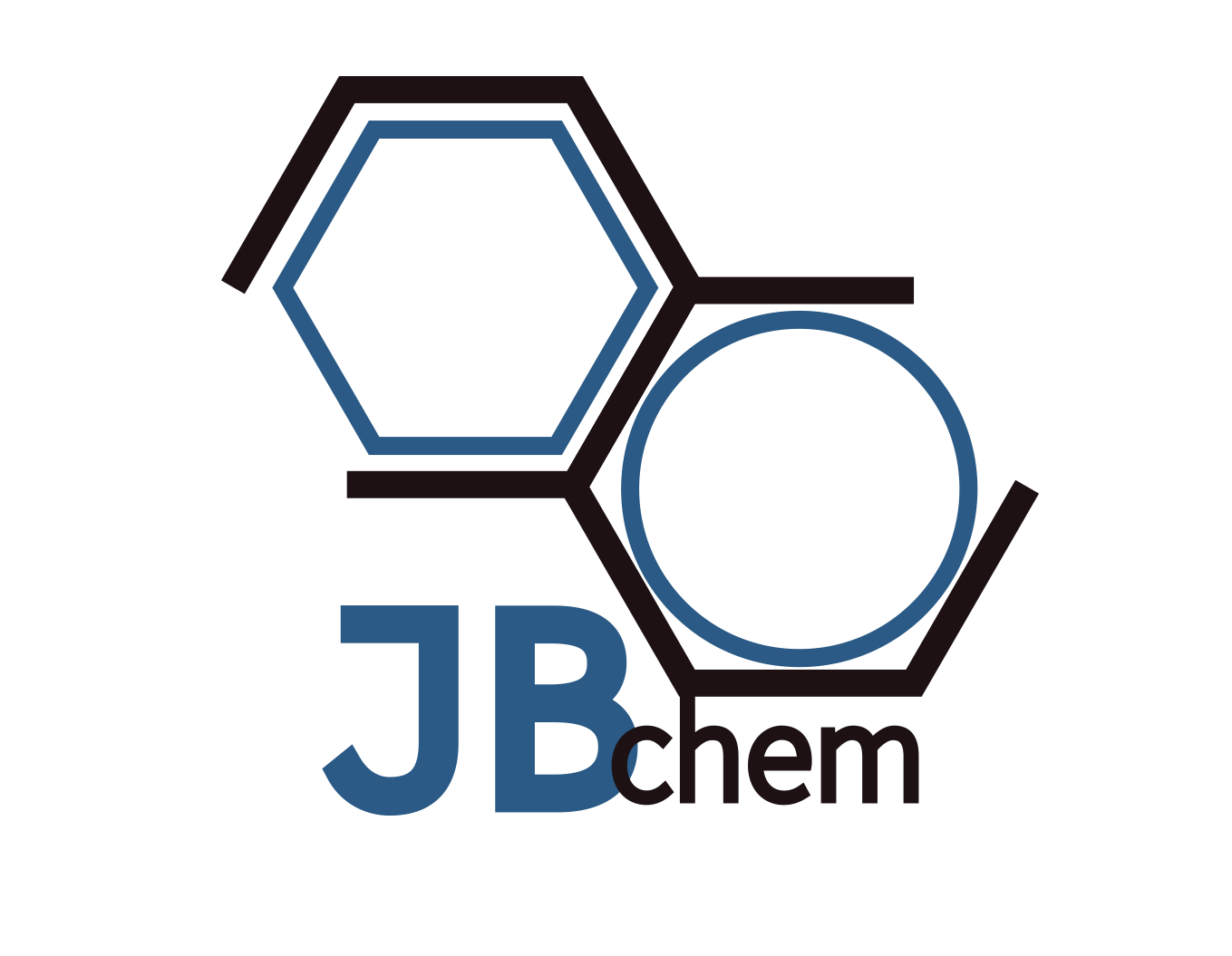Gadolinium Oxide Gd2O3
Product Properties
Product:Gadolinium Oxide
Formula: Gd2O3
CAS No.: 12064-62-9
Purity:99.999%(5N), 99.99%(4N),99.9%(3N) (Gd2O3/REO)
Molecular Weight: 362.50
Density: 7.407 g/cm3
Melting point: 2,420° C
Appearance: White powder
Specification of Gadolinium Oxide
| Gd2O3 /TREO (% min.) | 99.9999 | 99.999 | 99.99 | 99.9 |
| TREO (% min.) | 99.5 | 99 | 99 | 99 |
| Loss On Ignition (% max.) | 0.5 | 0.5 | 1 | 1 |
| Rare Earth Impurities | ppm max. | ppm max. | ppm max. | % max. |
| La2O3/TREO CeO2/TREO Pr6O11/TREO Nd2O3/TREO Sm2O3/TREO Eu2O3/TREO Tb4O7/TREO Dy2O3/TREO Ho2O3/TREO Er2O3/TREO Tm2O3/TREO Yb2O3/TREO Lu2O3/TREO Y2O3/TREO | 0.2 0.5 0.5 0.5 0.5 2.0 3.0 0.5 0.2 0.2 0.2 0.2 0.3 0.5 | 1 1 1 1 5 5 5 1 1 5 1 1 1 2 | 5 10 10 10 30 30 10 5 5 5 5 5 5 5 | 0.005 0.005 0.005 0.005 0.005 0.043 0.01 0.005 0.005 0.025 0.01 0.01 0.005 0.03 |
| Non-Rare Earth Impurities | ppm max. | ppm max. | ppm max. | % max. |
| Fe2O3 SiO2 CaO CuO PbO NiO Cl- | 2 10 10 | 3 50 50 3 3 3 150 | 5 50 51 5 5 10 200 | 0.015 0.015 0.052 0.001 0.001 0.001 0.051 |
Application of Gadolinium Oxide
- MRI Contrast Agents: Gadolinium oxide is used in the manufacturing of contrast agents for magnetic resonance imaging (MRI). When gadolinium is incorporated into contrast agents, it enhances the contrast of the images, providing clearer and more detailed visuals of tissues and organs, which is crucial for accurate diagnosis.
- Nuclear Reactors: Due to its high neutron absorption cross-section, gadolinium oxide is utilized in nuclear reactors as a control material. It helps in regulating the nuclear fission process, ensuring the reactor operates safely and efficiently.
- Phosphors: Gadolinium oxide is used in the production of phosphors that are essential for fluorescent lamps, cathode-ray tubes, and advanced display technologies. It can be doped with various elements to emit light at different wavelengths, contributing to the wide color gamut in displays and lighting applications.
- Optical Coatings: In photonics, gadolinium oxide films are applied as optical coatings on lenses and other components to enhance their performance in laser systems and optical communications.
- Specialty Glass and Ceramics: Gadolinium oxide is added to certain types of ceramics and glass to improve their thermal and mechanical properties. This is particularly beneficial in applications requiring materials that can withstand high temperatures and mechanical stress, such as in aerospace and defense.
- Electrolytes: Gadolinium oxide is used in the fabrication of electrolytes for solid oxide fuel cells. These fuel cells convert chemical energy into electrical energy efficiently, and gadolinium-doped ceria (GDC) is a common electrolyte material that offers excellent ionic conductivity at lower temperatures compared to traditional SOFC electrolytes.

